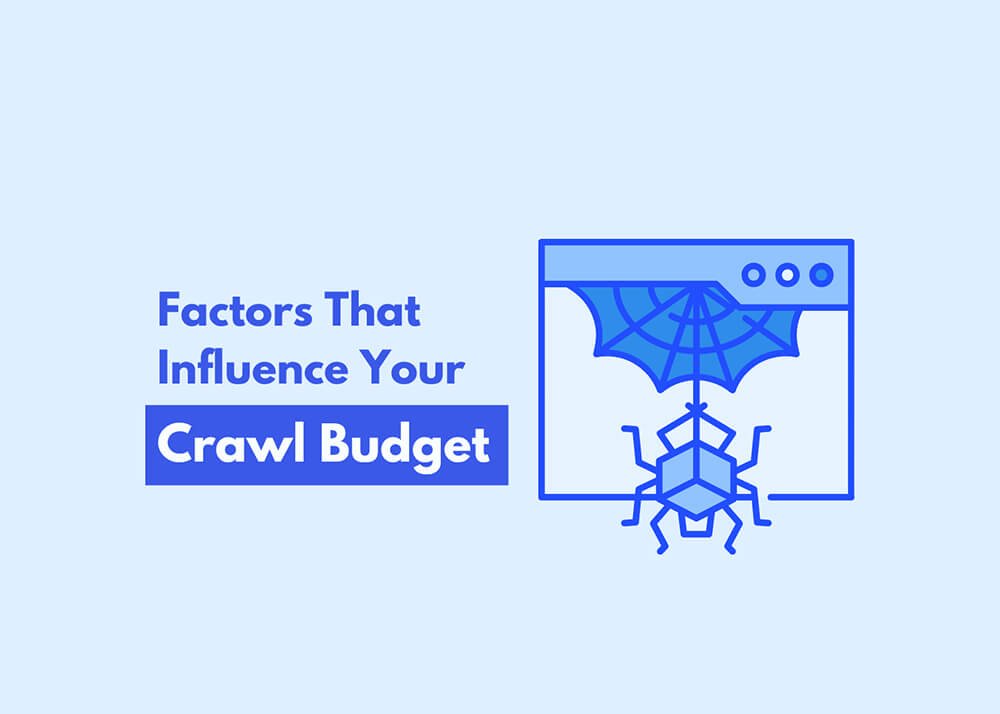Factors That Directly Impact Your Crawl Budget
1. Faceted Navigation and Infinite Filtering Combinations

How to Fix This?

- Use Robots.txt: Block search engines from crawling filter-generated URLs so they don’t waste crawl budget on pages that are too similar..
- Set Canonical Tags: Let search engines know which version of a page is the main one. This helps avoid indexing duplicates.
- Optimize URL Parameters in Google Search Console: This tells Google which filters are useful and which ones it can ignore.
By managing how search engines crawl your filtered pages, you help them stay focused on the content that actually matters for your rankings. Google also offers an official guide on faceted navigation with best practices to keep your crawl budget from being wasted on endless filter combinations.
2. Broken Links and Redirect Chains
What Are Broken Links?
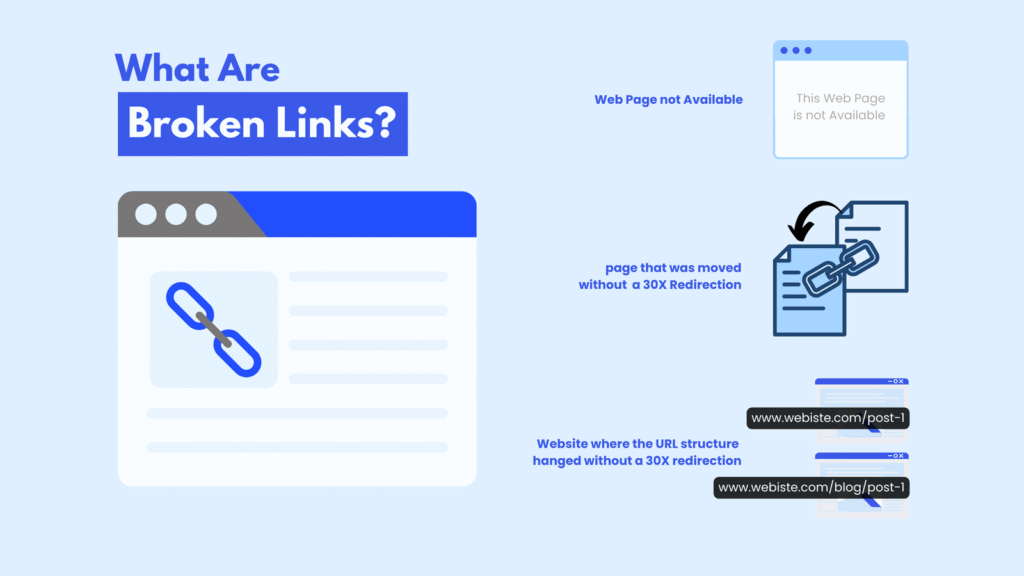
👉 Example: If a website links to example.com/product123 but that page has been deleted, visitors and search engines will hit a 404 error page instead of finding something useful.
What Are Redirect Chains?
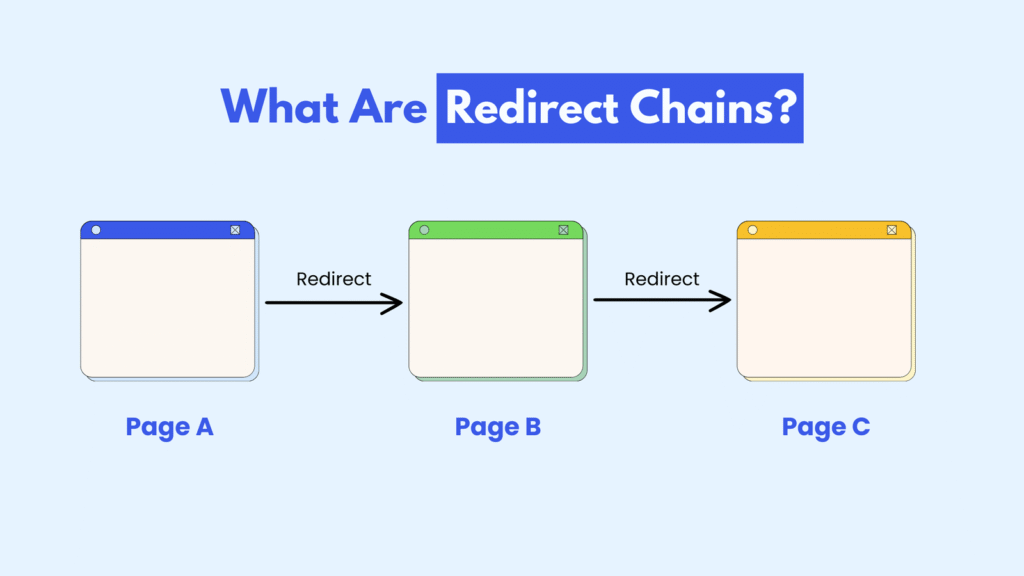
1️⃣ example.com/old-page → 2️⃣ example.com/new-page → 3️⃣ example.com/final-page
Why Do These Issues Matter?
How to Fix These Issues?
- Find and Fix Broken Links: Use tools like Google Search Console or Ahrefs Site Audit to identify broken links and update or remove them.
- Minimize Redirect Chains:Redirects should go straight from the old page to the final page. If a user or search engine has to pass through multiple redirects to reach the destination, it slows things down and wastes crawl budget. Keep your redirects clean and to the point to make crawling faster and smoother.
- Use Internal Links Wisely: Always update internal links when URLs change to avoid unnecessary redirects or broken pages. Outdated links waste crawl budget and create a poor experience for both users and search engines.
3. Outdated Sitemaps
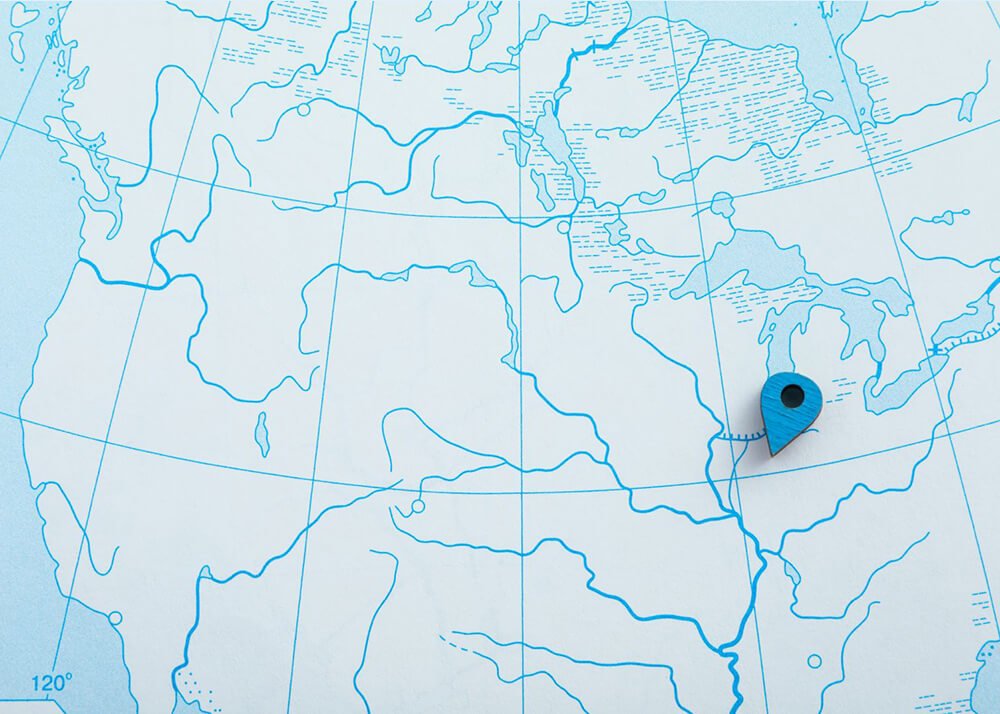
What is a Sitemap?
How an Outdated Sitemap Affects Crawl Budget
- Deleted pages that return a 404 error
- Pages that have moved but are still listed with the old URL
- Irrelevant pages that don’t need to be crawled
👉 Example: If your site just launched a blog but the sitemap hasn’t been updated, search engines might not find the new posts, delaying their indexing.
How to Fix and Maintain Your Sitemap?
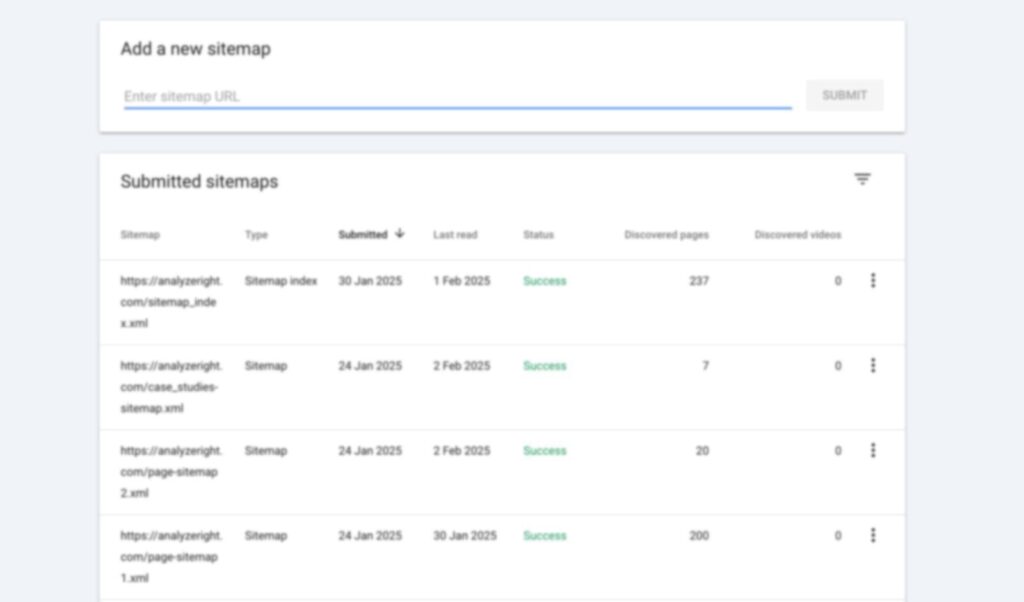
- Keep Your Sitemap Updated: Make sure your sitemap reflects any changes you make, like when you add, remove, or update pages.
- Submit Your Sitemap to Google Search Console: Use Google Search Console to submit or refresh your sitemap so Google has your latest content.
- Remove Old or Broken Links: Clean out any links that point to deleted or broken pages. This helps search engines avoid wasting time on dead ends.
- Use Dynamic Sitemaps for Large Websites: If your site updates often, use an automatically generated sitemap to keep everything current.
4. Website Architecture
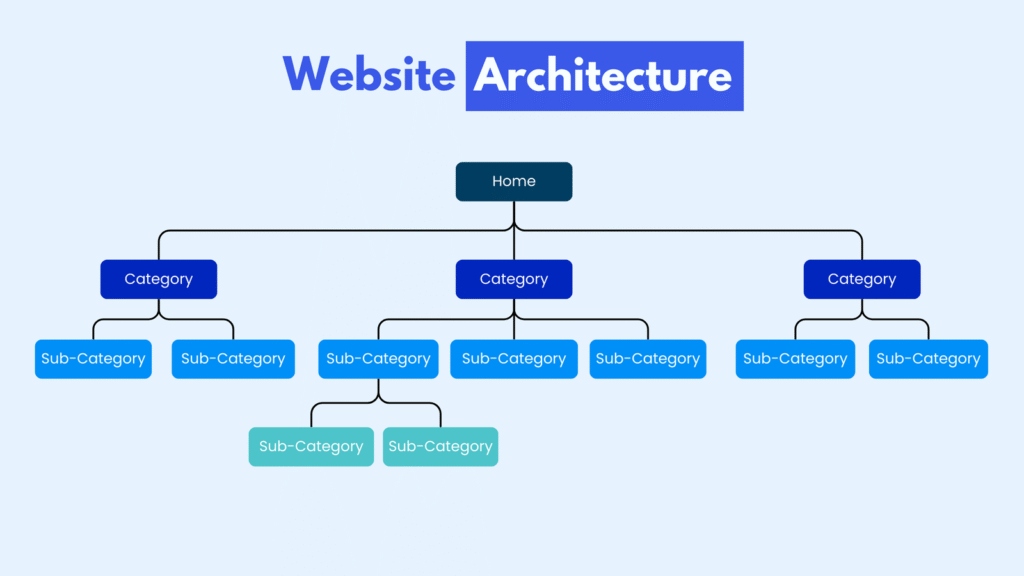
Why Website Architecture Matters for Crawl Budget
Best Practices for Optimizing Website Architecture
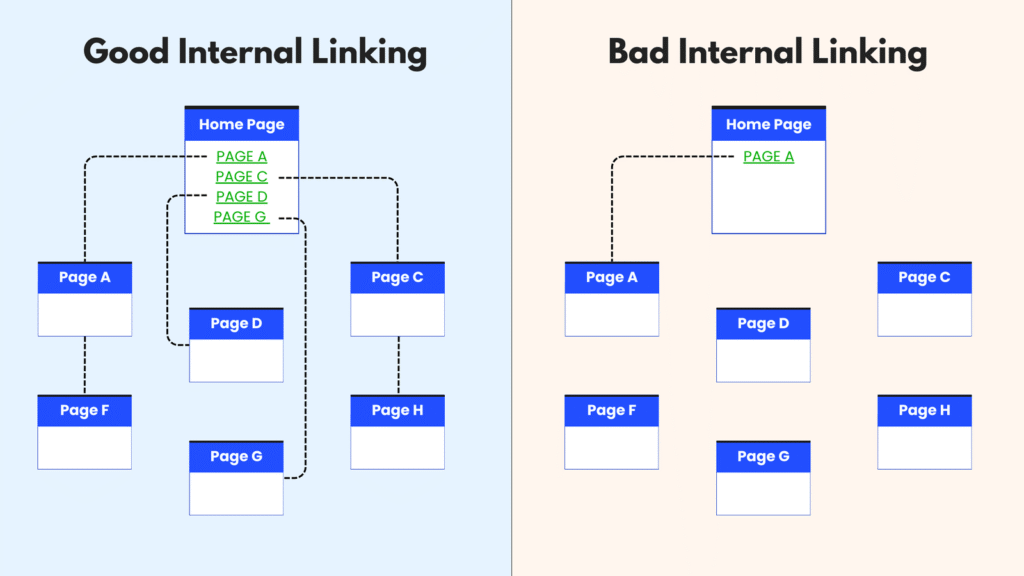
- Keep Your Site Structure Shallow: Make sure important pages are no more than two to three clicks away from the homepage. Avoid deeply nested URLs that make it harder for search engines to reach your key content.
- Use Internal Linking Wisely: Link to important pages within your content to help search engines find them faster. A good internal linking setup works like clear road signs that guide both users and crawlers to what matters.
- Organize Categories Clearly: No matter if it’s a blog or an e-commerce site, your categories and subcategories should be simple and easy to follow.
- Use Breadcrumbs Navigation: Breadcrumbs help users and search engines understand where they are on your site. They offer a second path to navigate and improve overall site clarity.
- Ensure a Mobile-Friendly Structure: Since Google uses mobile-first indexing, your site should be just as easy to navigate on a phone as it is on a desktop.
For more insights, check out Google’s Guide on Site Structure and SEO to learn how to build a structure that works for both users and search engines.
5. Server Response Time
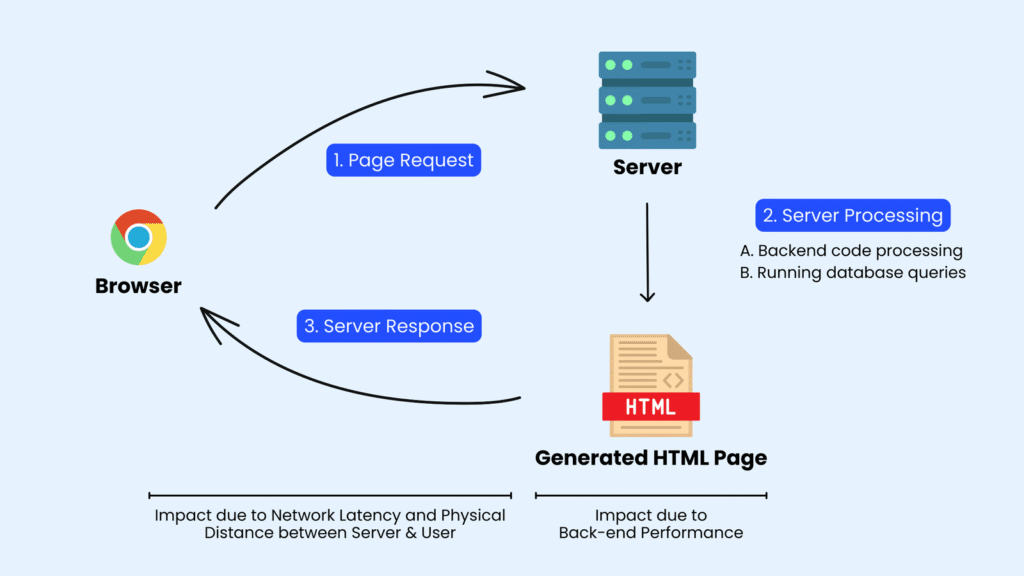
How to Improve Server Response Time?

- Upgrade to a Better Hosting Plan: A faster and more reliable hosting service helps your server handle traffic smoothly without slowing down.
- Enable Caching: Caching temporarily stores website data so returning visitors and crawlers can load pages much faster.
- Optimize Images and Media: Large images and videos slow things down. Compress your images and use formats like WebP for better performance.
- Use a Content Delivery Network (CDN): A CDN keeps copies of your website on servers around the world, making it quicker for search engines and users to access your content.
- Reduce Unnecessary Scripts: Too many JavaScript and CSS files can delay page load times. Minimize or defer anything that isn’t needed right away.
For more details, check out SiteGround’s guide on optimizing server performance to see how you can improve site speed for better crawling and indexing.
If you don’t have time to deal with all the technical stuff, let us handle it. Our Website Speed Optimization Service is built to make your site faster, so you never lose a customer just because your website was too slow.
3 Factors That Control How Much Google Crawls Your Site
1. Website Authority and Popularity
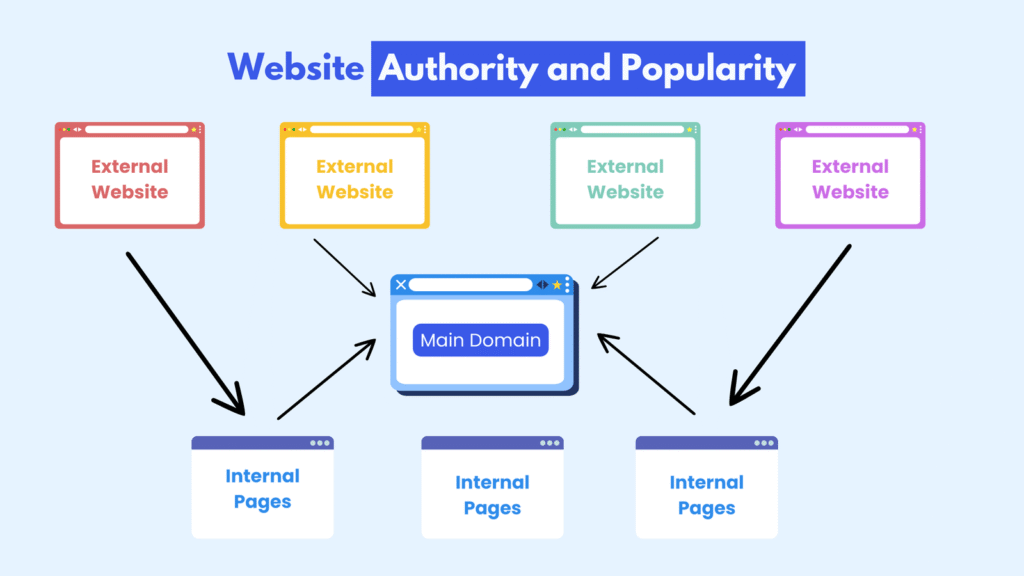
👉 Example: A news site like CNN gets crawled every few minutes because it’s always publishing new content. On the other hand, a small blog with no backlinks might only get crawled once in a while.
🛠 How to Improve It?
- Build high-quality backlinks from trusted websites.
- Keep your website active by publishing fresh content regularly.
- Improve brand visibility through social media and PR efforts to attract more traffic.
2. Frequency of Content Updates

👉 Example: An online store that keeps adding new products and updating descriptions will get crawled more often than a site that hasn’t touched its content in years.
🛠 How to Improve It?
- Update existing pages with fresh information to keep content relevant
- Publish new blog posts, product pages, or news updates consistently
- Use Google Search Console to submit new pages and speed up indexing
3. Crawl Demand (Search Engine Interest in Your Site)

👉 Example: If you publish content on trending topics, search engines may crawl and index it quickly because users are actively looking for it. In contrast, an outdated page with low traffic might not get crawled for months.
🛠 How to Improve It?
- Optimize pages for high-demand keywords that people are actively searching for
- Improve internal linking so search engines can reach key pages faster
- Use Google Search Console’s Crawl Stats to track crawl activity and spot trends
Final Thoughts
If you want to improve your SEO and make sure Google is crawling the right pages, Launch with WP can help. Our technical SEO services include fixing indexing issues, optimizing site speed, and improving internal linking. We make sure your website is search-friendly and set up to perform at its best.

